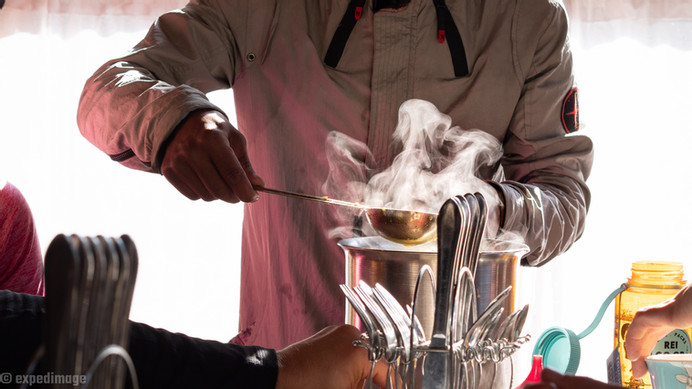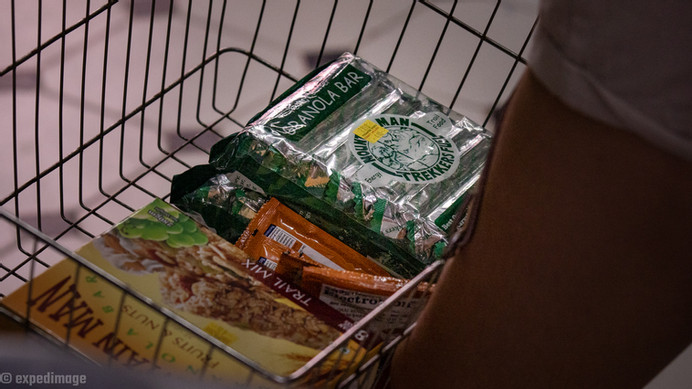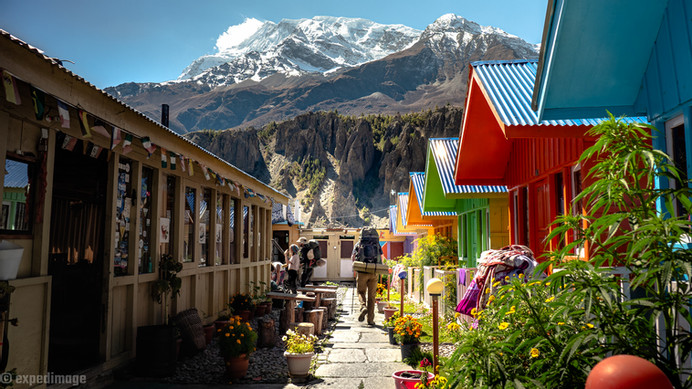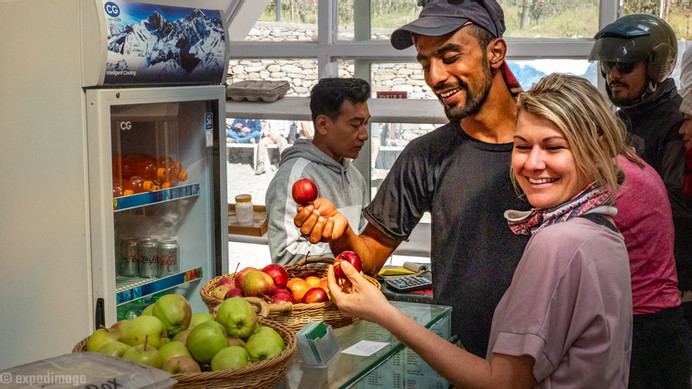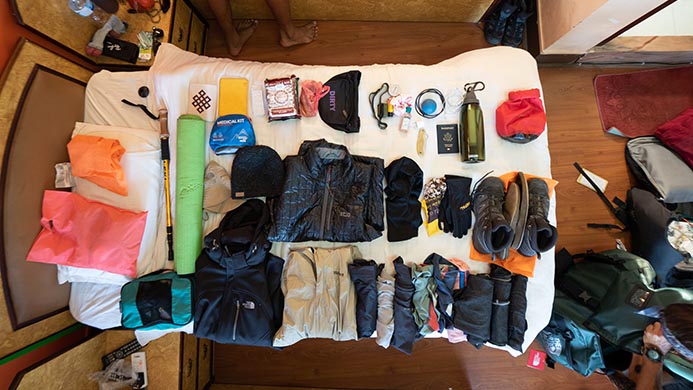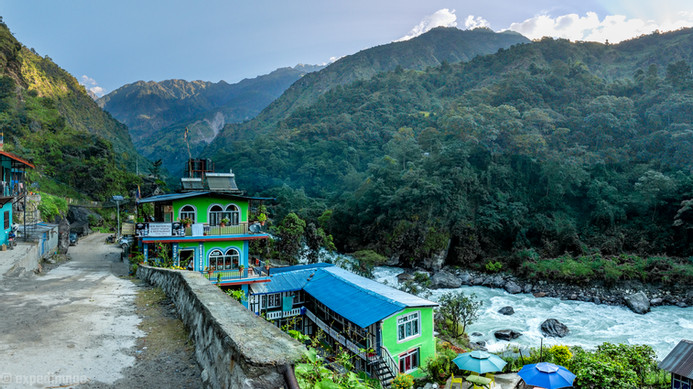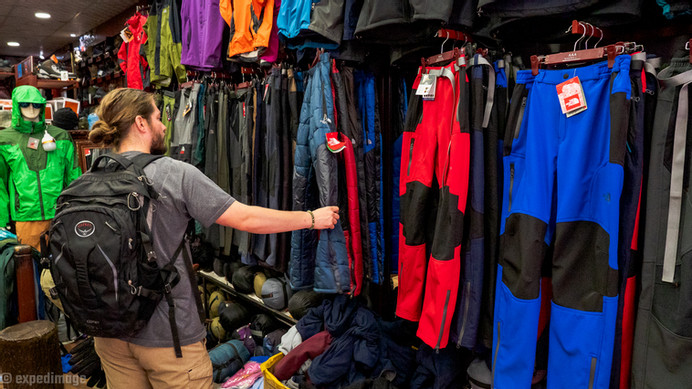Frequently Asked Questions
Frequently Asked Questions
The Annapurna circuit trek (ACT) is considered to be a moderate trekking route that doesn’t involve any technical climbing. No climbing ropes, scaling cliffs or rock climbing. However, it is a good idea to have some hiking experience beforehand and an understanding that the trail will offer various terrain such as jeep roads that get muddy after rainfall, slippery rock steps, steep ascents, descents with loose rocks, and suspension bridges over fast moving water.
The tap and mountain water in Nepal are generally not safe for tourists to drink. Bottled water, filtered water, boiled water, and chlorinated water purification tablets are the best option for staying healthy on the trek. You can also purchase a filter for your water bottle like Life Straw. Tea and coffee are safe to drink. To mitigate additional risks with food handling, we will offer a selection of vegetarian dishes breakfast, lunch, and dinner.
YES! In the off chance that something unexpected occurs, it is necessary to hold a travel insurance policy that has coverage for “emergency air evacuation”. Please double check any current policies you’re insured by, or visit WORLD NOMADS for a customizable insurance package.

